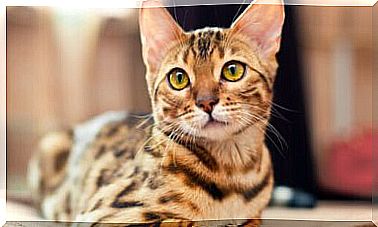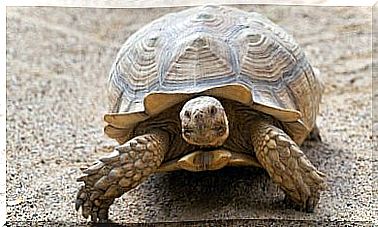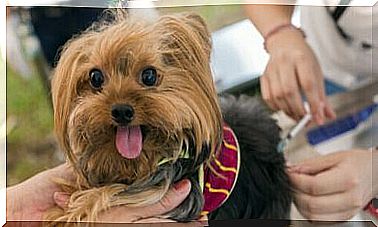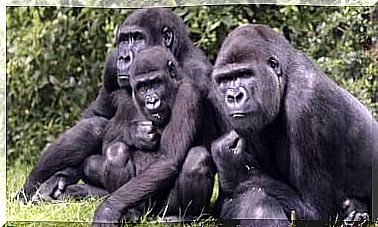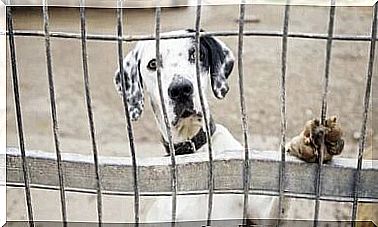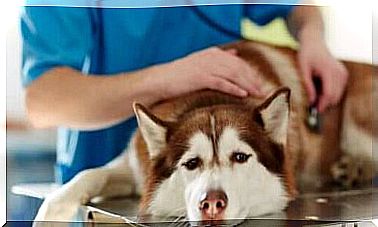Most Common Behavior Problems In Horses
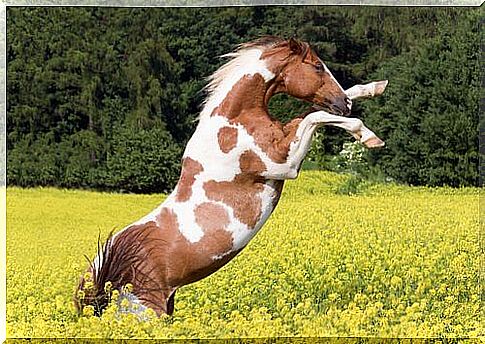
Horses in captivity can develop behaviors that are not considered habitual in their routine. Most come from spending too much time in a stable. A situation that can trigger compulsive and obsessive attitudes, due to alterations in their lifestyle or habitat. In order to solve these horse behavior problems, you must first analyze them thoroughly.
There are three basic conditions that maintain a horse’s physical and emotional balance. It is about:
- Diet.
- Interaction with other equines.
- Freedom of movement.
The alteration of one or more of them will inevitably lead to the onset of inappropriate attitudes in your horses. And, to minimize these negative effects, you can use different techniques. From the improvement of living conditions, to environmental enrichment, up to the use of drugs, each treatment will be different according to the case of each individual specimen. Today we talk about behavior problems in horses.
The behavior problems of horses
Behavior problems in horses can be due to internal or external factors. Among the former, it is worth mentioning any pain or even fear, both learned and induced. In the second case, it is possible to identify the elements that derive from the state of a horse subjected to isolation.
Most often, horses are raised outdoors and free. They are used to grazing, living in a herd and running in more or less large spaces. Any limitations or changes to these elements, in an attempt to impose domestication, can cause severe stress, since the animal does not know how to handle such situations.

The most common behavior problems in horses trigger vices, eating disorders and aggressive reactions. We generally speak of negative behaviors that the horse develops if it is constantly locked up in the stable. Deprived of the ability to relate and relieve stress through movement, the animal can certainly change and even become unrecognizable.
The causes of behavior problems in horses
- Power supply. A free horse usually grazes and ruminates for 18 hours, time spent searching for food and moving around.
- Accumulated energy. If the horse is locked in the stable, it will not be able to burn energy and calories gained from eating. This causes high levels of anxiety, stress and depression, including other illnesses.
- Pain or health problems. An injury or internal discomfort can trigger abnormal behavior in the animal. Aggression can be expressed towards other animals of the same species or even the tamer; This reaction is directly related to his health condition.
- Alteration of the habitat. A tamed horse can spend up to 22 hours a day inside its stable, with no space to run around and isolate itself from other horses. This situation produces depression and anxiety in horses. Especially in specimens still wild or accustomed to large spaces.

Most common behaviors
- Aerophagia. With the help of its incisors, the horse fixes its teeth on an object. It arches its neck and moves its head back, making a hoarse sound when it swallows air. This behavior is associated with digestive problems, as well as boredom.
- Shaking. The horse is constantly shaking its neck and head from side to side, or even back and forth. It is an obsessive movement, linked to anxiety and anguish.
- Go around in circles. Another variant of the previous behavior occurs when the animal moves in a circle in the stable. It may also be that he bangs his head against a specific point. Or kick in the direction of the door or the ground.
- Lignophagy. It is when the animal eats the wood from the barn. The main cause of this behavior is the lack of fiber in the diet. The biggest risk of this habit is choking or even internal laceration, due to a splinter.
Tips for improving horse behaviors
- Medical diagnosis. If your horse exhibits unusual behavior, you should immediately contact your trusted veterinarian who will schedule an intervention, both physically and psychologically.
- Changes in the routine. A horse needs about 10 hours of outdoor exercise and interacting with other equines. These are minimum conditions that must be guaranteed for the correct development of the animal.
- Control of his diet. Usually, a captive horse eats large portions twice a day. These are foods rich in cereals and grains that can cause intestinal ulcers or acidity. A diet rich in fiber, low in sugar and of high quality should be guaranteed to the animal, to stimulate proper chewing.

